Spice lovers, this one's for you! If you've ever stared at a shelf of peppers and chilies and wondered which one to choose—or if you're just curious about the fiery drama between pepper vs chili—then welcome to the ring of flavor.
In this post, we're going to dive deep into what makes each unique, how they differ in taste, heat level, culinary use, and even health benefits. Whether you're a home cook or a seasoned pro, by the end of this read, you'll know exactly which spice side you're on.
Table of Contents
- What's the Real Difference Between Pepper and Chili?
- A Side-by-Side Comparison: Heat, Flavor & Usage
- How Spicy Are They? Scoville Scale Breakdown
- Culinary Uses: When to Use Each
- Health Benefits and Nutritional Value
- Buying Guide: Choosing the Best Peppers and Chilies
- Frequently Asked Questions
- Conclusion: Pepper vs Chili – Who Wins?
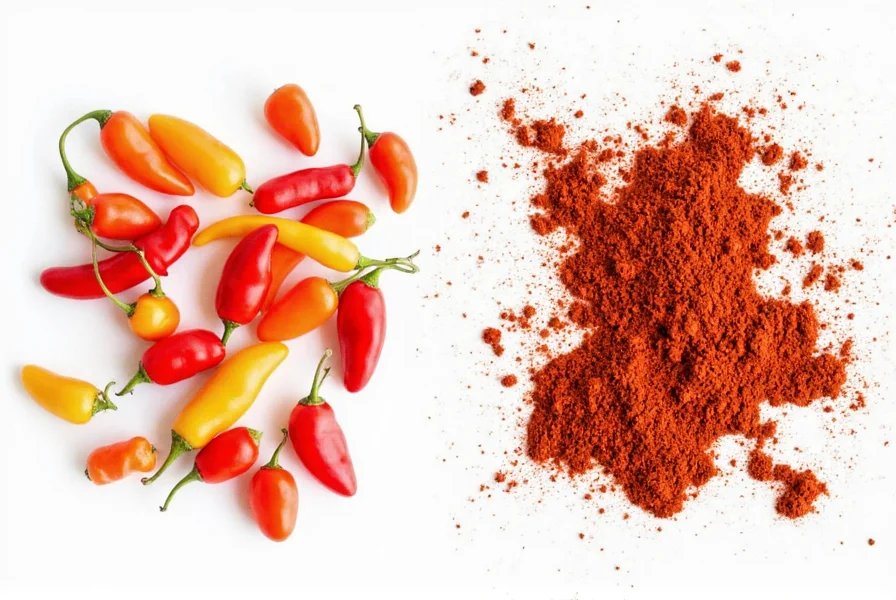
What's the Real Difference Between Pepper and Chili?
It's easy to mix up pepper and chili, especially since both bring the heat. But botanically speaking, they come from completely different plant families:
- Black pepper (Piper nigrum) comes from a flowering vine native to South India and is technically a dried fruit used as a spice.
- Chili peppers refer to various members of the Capsicum genus—like jalapeños, habaneros, and bell peppers—which are fruits from the nightshade family.
Crucially, there are two common confusions:
- Black pepper vs chili peppers (entirely different plants)
- Bell pepper vs hot chili peppers (both Capsicum varieties)
Black pepper contains piperine for its sharp bite, while chili peppers contain capsaicin for their burn. Bell peppers are actually part of the Capsicum family but contain zero capsaicin, making them mild.
Chemistry Class Alert: Why They Taste Different
Black pepper gets its kick from a compound called piperine, while chilies burn because of capsaicin. These chemicals trigger different pain receptors in your mouth:
- Piperine creates a sharp, woody bite that dissipates quickly.
- Capsaicin gives that slow-building, long-lasting burn that can linger for minutes—even hours!
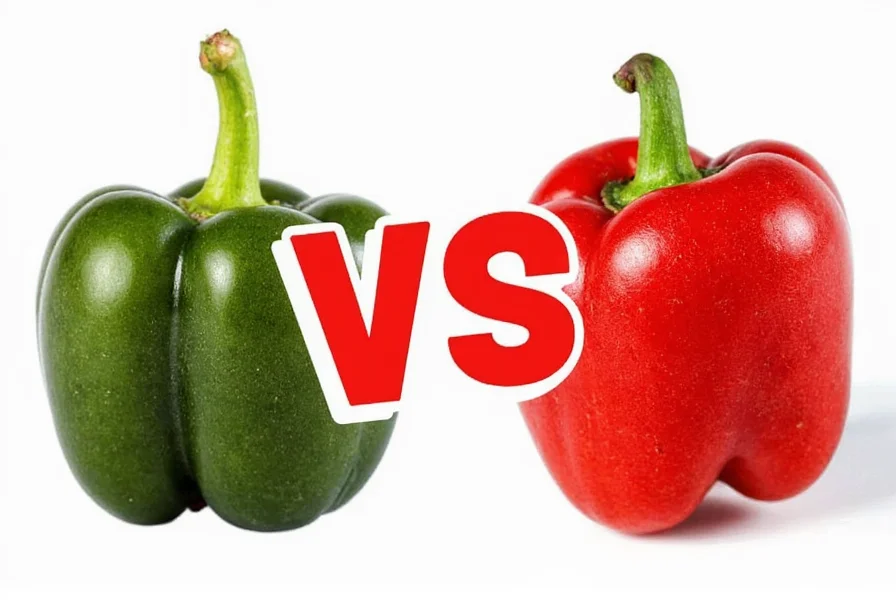
A Side-by-Side Comparison: Heat, Flavor & Usage
To make things crystal clear, here's a quick comparison table breaking down key aspects of black pepper vs chili peppers (Capsicum):
| Aspect | Black Pepper | Chili Peppers (Capsicum) |
|---|---|---|
| Botanical Family | Piperaceae | Solanaceae (Nightshade) |
| Active Compound | Piperine | Capsaicin |
| Flavor Profile | Woody, earthy, slightly floral | Varies widely—from fruity to smoky to fiery |
| Heat Level | Not measured on Scoville scale (piperine-based heat) | Huge range (0–2,200,000 SHU) |
| Common Uses | Seasoning, sauces, marinades | Curries, salsas, hot sauces, stir-fries |
| Form Available | Whole, cracked, ground | Fresh, dried, powdered, paste |
Key Clarification:
Black pepper does NOT have a Scoville rating because it lacks capsaicin. The Scoville scale measures only capsaicin-containing chili peppers. Bell peppers (a Capsicum variety) have 0 SHU, while black pepper's heat comes from piperine and is fundamentally different.
How Spicy Are They? Scoville Scale Breakdown
The Scoville scale measures capsaicin content in chili peppers only. Here's where common chili varieties stand:
| Chili Pepper | Scoville Heat Units (SHU) |
|---|---|
| Bell Pepper | 0 |
| Jalapeño | 2,500–8,000 |
| Habanero | 100,000–350,000 |
| Naga Morich (Ghost Pepper) | ~1,000,000 |
| Carolina Reaper | ~2,200,000 |
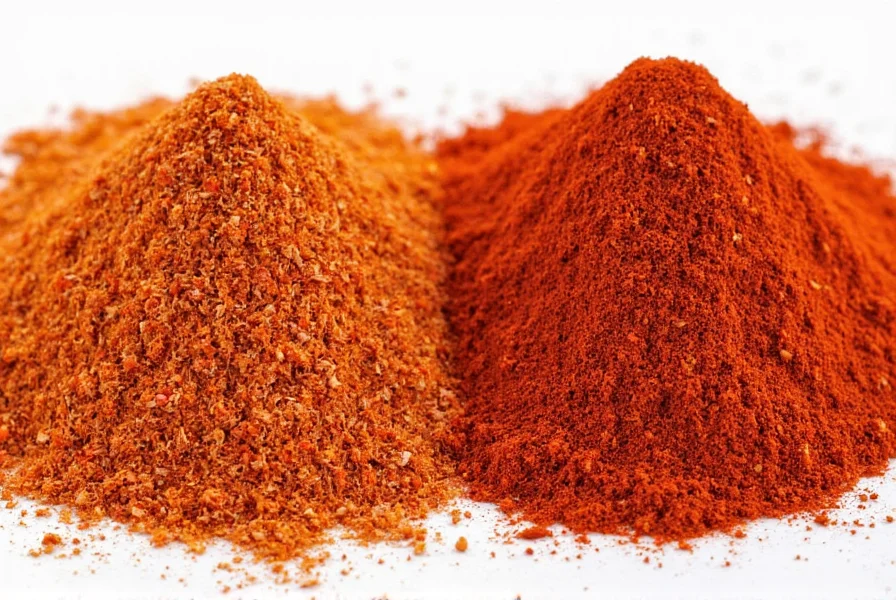
Important Note:
Black pepper is not measured on the Scoville scale as it contains piperine, not capsaicin. Comparing black pepper to chili peppers using SHU is scientifically inaccurate.
Culinary Uses: When to Use Each
Now that we've got the basics down, let's talk about real-world kitchen action. Knowing when to use black pepper vs chili peppers can elevate your cooking game.
When to Reach for Black Pepper:
- Savory Dishes: Steak, pasta, soups, mashed potatoes.
- Salad Dressings: Especially vinaigrettes and creamy sauces.
- Baked Goods: Think savory crackers, breadsticks, or cheese twists.
- Coffee Rubs: Yes, black pepper adds depth to dry rubs for grilled meats.
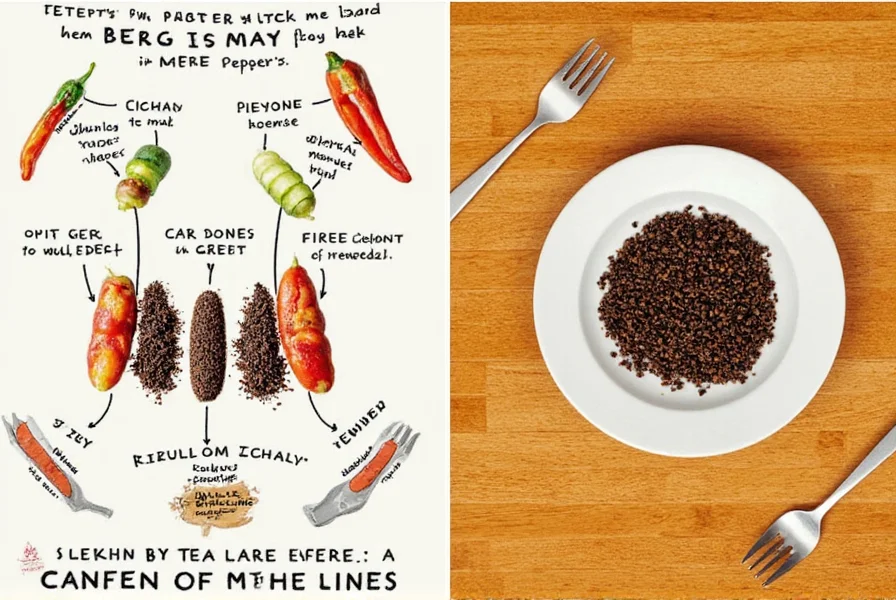
When to Reach for Chili Peppers:
- Mexican Cuisine: Salsas, tacos, enchiladas.
- Asian Stir-Fries: Thai curries, Chinese kung pao chicken.
- Indian Curries: Kashmiri chili powders, red chilies for tempering.
- Hot Sauces: Habanero, ghost pepper, serrano-based sauces.

Pro Tip:
If you want to layer flavors, combine black pepper with mild chilies like poblano or banana peppers. You'll get complexity without blowing out your taste buds.
Health Benefits and Nutritional Value
Both pepper and chili bring more than just flavor—they pack a nutritional punch too!
Black Pepper Health Benefits:
- Boosts Nutrient Absorption: Piperine increases absorption of selenium, beta-carotene, and B vitamins.
- Anti-Inflammatory: May help reduce inflammation and improve digestion.
- Antioxidant Properties: Helps fight free radicals and protect cells from damage.
Chili Peppers Health Benefits:
- Metabolism Boost: Capsaicin increases metabolic rate and may aid weight loss.
- Pain Relief: Used in topical creams to relieve arthritis and muscle pain.
- Heart Health: Some studies suggest regular chili consumption improves heart function and circulation.

Buying Guide: Choosing the Best Peppers and Chilies
Whether you're buying fresh produce or pre-ground spices, here's how to pick the best ones for your needs:
For Black Pepper:
- Whole vs Ground: Whole peppercorns retain freshness longer; grind as needed for maximum flavor.
- Look for Quality: Choose dark, uniform peppercorns. Avoid dusty or faded packages.
- Storage: Keep in a cool, dark place in an airtight container.
- Best Brands: Bragg, McCormick, Simply Organic, Penzeys.

For Chili Peppers:
- Fresh Chilies: Look for firm, glossy skin without wrinkles or soft spots.
- Dried Chilies: Should be pliable, aromatic, and vibrant in color. Avoid brittle or faded ones.
- Ground Chili Powder: Check ingredient labels—some contain additives like fillers or salt.
- Popular Varieties: Ancho, Guajillo, Cayenne, Serrano, Ghost Pepper.
Top Products to Try:
- Ancho Chili Powder: Mild, sweet, and smoky—great for mole sauces.
- Ghost Pepper Flakes: For serious heat lovers. Use sparingly!
- Cayenne Pepper Capsules: Ideal for those seeking health benefits without the burn.
- Smoked Paprika: Technically a chili powder, but delivers a rich, smoky flavor without much heat.
- Chili Garlic Paste: Adds instant flavor boost to Asian dishes, stews, and sauces.
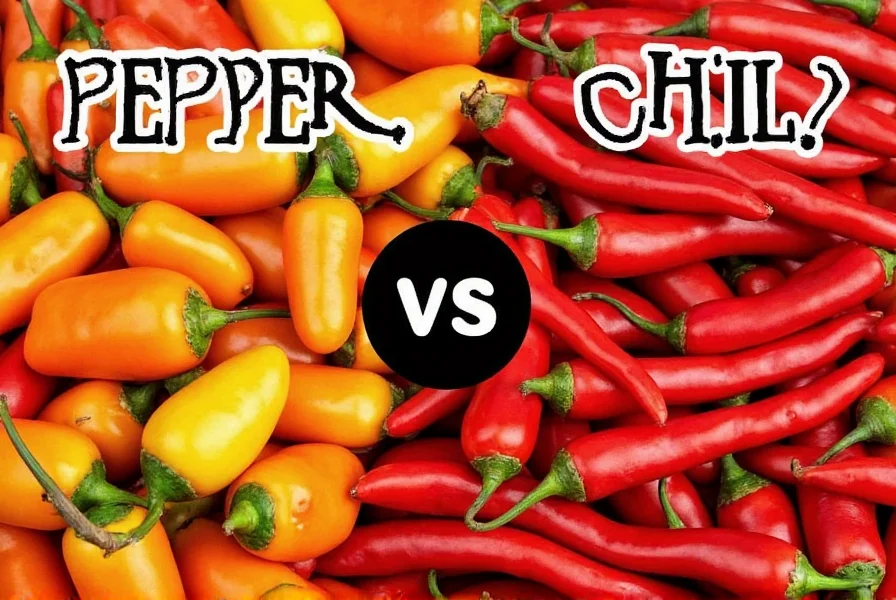
Who Should Buy What?
- New Cooks: Start with mild chilies like poblanos or bell peppers. Black pepper is always a safe bet.
- Spice Lovers: Go for high-heat options like ghost peppers or Carolina Reapers. Make sure to wear gloves!
- Health Enthusiasts: Opt for organic, non-GMO labeled products and consider capsaicin supplements.
- Chefs: Invest in quality spice brands and fresh chili varieties for restaurant-level flavor profiles.
Frequently Asked Questions
Are pepper and chili the same thing?
No. Black pepper (Piper nigrum) and chili peppers (Capsicum) are entirely different plants. Black pepper comes from the Piperaceae family, while chili peppers belong to the Solanaceae (nightshade) family. They contain different compounds—piperine vs capsaicin—and have distinct heat mechanisms.
Which is hotter: pepper or chili?
Black pepper doesn't have a Scoville rating (it lacks capsaicin), so it can't be directly compared. Chili peppers range from 0 SHU (bell peppers) to 2.2 million SHU (Carolina Reaper). Black pepper's piperine heat is fundamentally different from capsaicin-based heat.
Can I substitute black pepper for chili in recipes?
You can substitute them in some cases, but the flavor profile will be significantly different. Black pepper provides a sharp, woody heat that dissipates quickly, while chili offers a burning sensation that lingers. For mild substitutions, try using paprika (a mild chili powder) in place of black pepper. For hot recipes, don't substitute black pepper for chili peppers as you won't get the same heat level or flavor.
Why does chili burn differently than black pepper?
This is due to their different active compounds. Black pepper's piperine creates a sharp, quick heat felt mainly on the front of your tongue, while chili's capsaicin produces a slow-building, lingering burn that affects your entire mouth and throat. Capsaicin binds to pain receptors more strongly and for longer than piperine.
Is black pepper technically a chili?
No. Despite both being called "peppers" in culinary contexts, they are botanically unrelated. The term "pepper" for chilies came from European explorers who thought they were related to black pepper due to their similar heat, but they're from completely different plant families with different chemical compositions.
What's the mildest chili I can try if I don't like too much heat?
If you're new to chilies, start with bell peppers (0 SHU), banana peppers (0-500 SHU), or Anaheim peppers (500-2,500 SHU). These offer flavor with minimal heat. For dried options, ancho chili powder (made from dried poblanos) provides a mild, smoky flavor without intense heat.
Conclusion: Pepper vs Chili – Who Wins?
At the end of the day, declaring a winner in the pepper vs chili showdown is like choosing between chocolate and vanilla—it really depends on what you're craving and what you're cooking!
- Choose Black Pepper for subtle heat, classic seasoning, and healthful additions to everyday meals.
- Reach for Chilies when you want bold flavor, intense heat, and regional authenticity in your dishes.
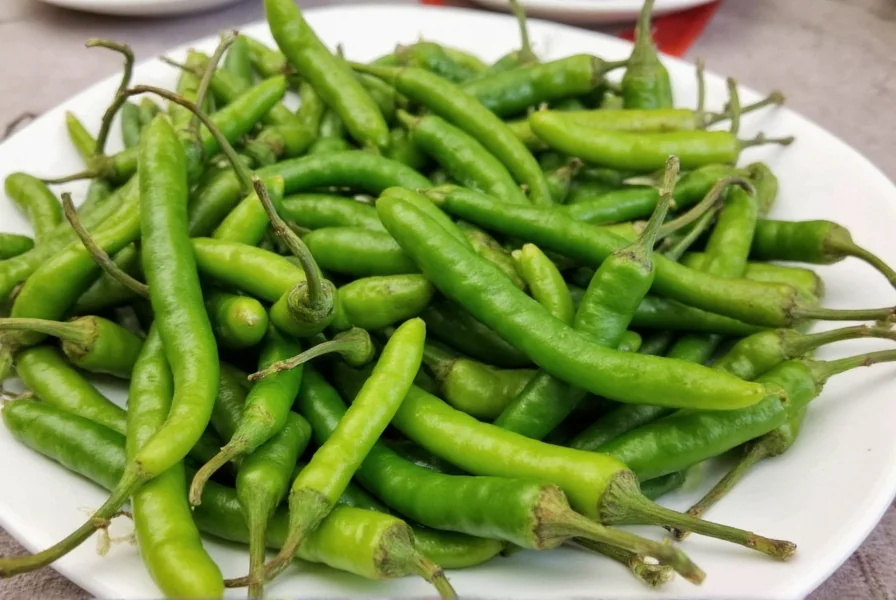
Whichever spice you lean toward, remember that variety is the spice of life—and the kitchen. Don't be afraid to experiment, blend, and balance these powerful ingredients to create something uniquely delicious.
Got a favorite way to use pepper or chili? Share your go-to recipes in the comments below!

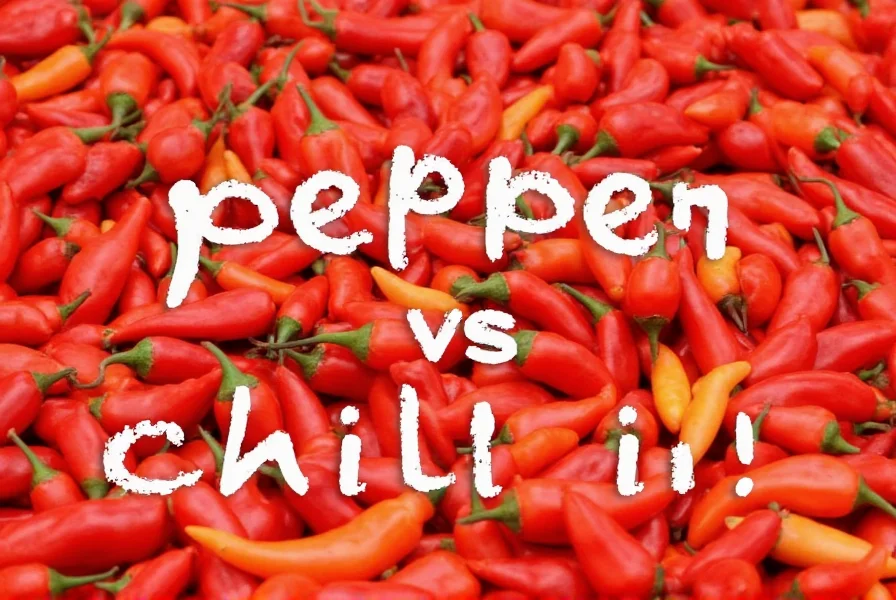









 浙公网安备
33010002000092号
浙公网安备
33010002000092号 浙B2-20120091-4
浙B2-20120091-4